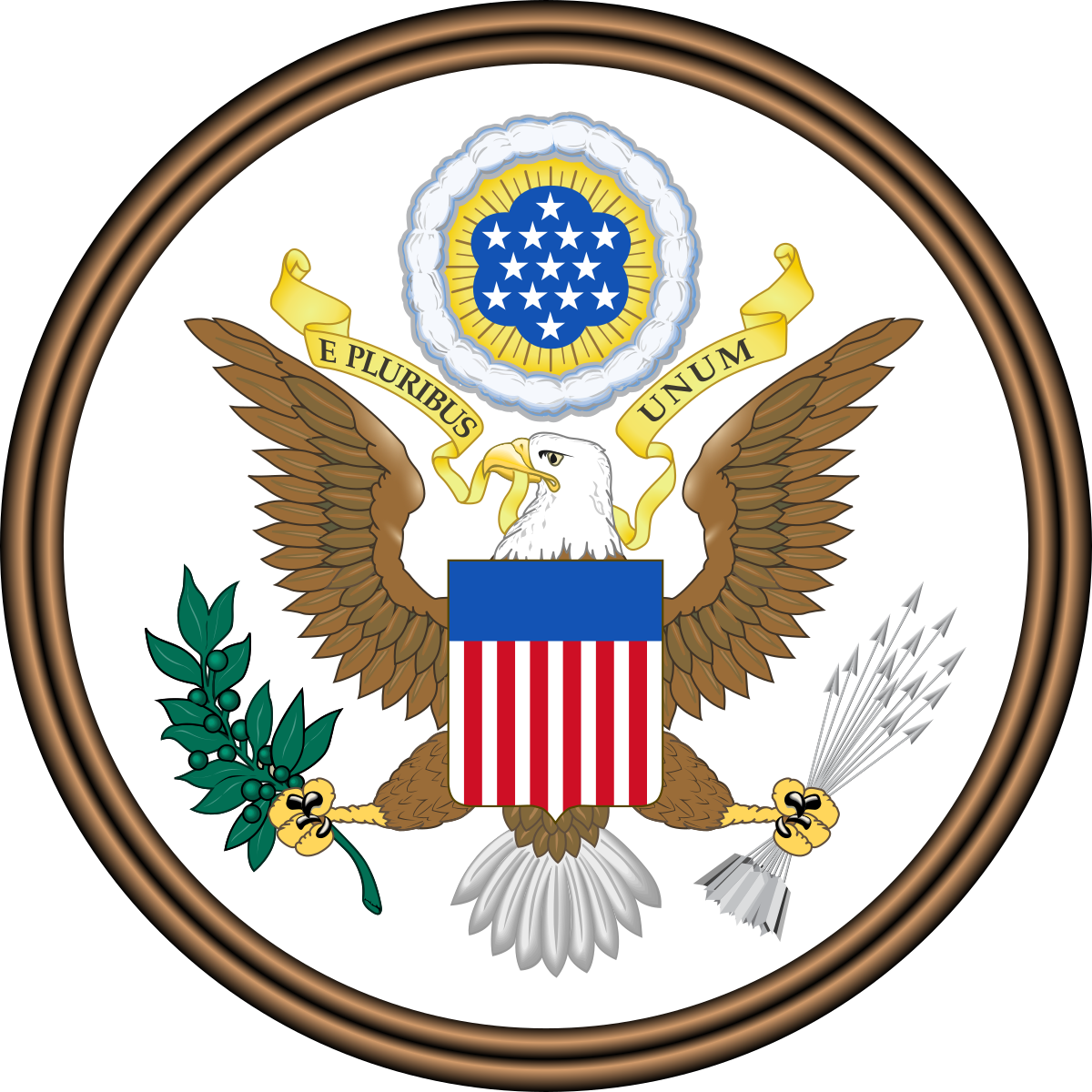In fact, legally, they were not..have you read your link?
By 1946, only one fifth of the 100,000 black people who had applied for educational benefits had been registered in college.[34] Furthermore, historically black colleges and universities (HBCUs) came under increased pressure as rising enrollments and strained resources forced them to turn away an estimated 20,000 veterans. HBCUs were already the poorest colleges. HBCU resources were stretched even thinner when veterans' demands necessitated an expansion in the curriculum beyond the traditional "preach and teach" course of study.[34]
Though black people encountered many obstacles in their pursuit of G.I. benefits, the bill greatly expanded the population of African Americans attending college and graduate school. In 1940, enrollment at Black colleges was 1.08% of total U.S. college enrollment. By 1950 it had increased to 3.6%. However, these gains were limited almost exclusively to Northern states, and the educational and economic gap between white and black nationally widened under the effects of the G.I. Bill.[36] With 79 percent of the black population living in southern states, educational gains were limited to a small portion of black Americans.[34]
Racial discrimination[edit]
The G.I. Bill aimed to help American
World War II veterans adjust to civilian life by providing them with benefits including low-cost
mortgages, low-interest loans and financial support. The chairman of the American Veterans Committee at the time, Charles G. Bolte, wrote that federal agencies were consistently discriminating "as though the legislation were earmarked 'For White Veterans Only'".
[30] According to historian Ira Katznelson, "the law was deliberately designed to accommodate
Jim Crow".
[31] In the New York and northern New Jersey suburbs 67,000 mortgages were insured by the G.I. Bill, but fewer than 100 were taken out by non-whites.
[32][33]
Additionally, some banks and mortgage agencies refused loans to black people.
[34] After the war, many people, black people included, returned to their former lives of poverty, making it difficult for them to pursue the higher education opportunities afforded by the G.I. Bill.
In the South, which was still segregated at that time, some universities refused to admit black people until the Civil Rights movement. Colleges accepting black people in the South initially numbered 100. Some of those institutions were of lower quality, with 28 of them classified as sub-
baccalaureate. Only seven states offered post-baccalaureate training, while no accredited engineering or doctoral programs were available for blacks. These institutions were all smaller than white or non-segregated universities, often facing a lack of resources.
[35]
